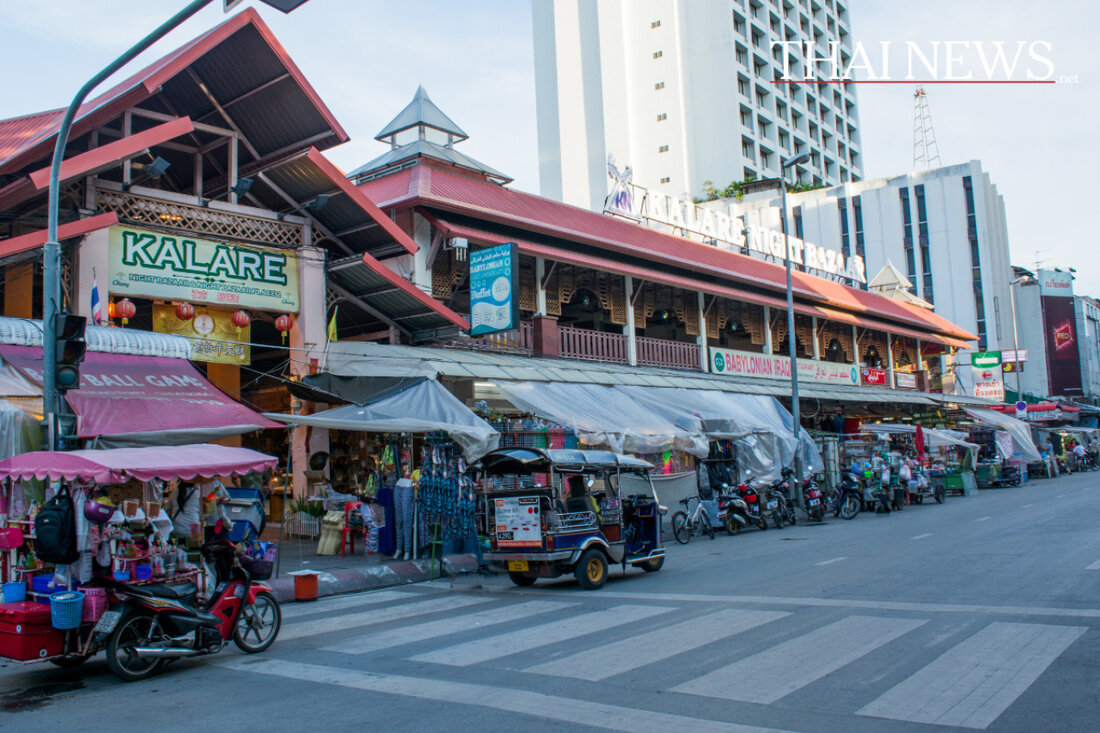Efficient water management: Chiang Mai's fight against floating weed!
Chiang Mai Irrigation Project Director นายเกื้อกูล is working to improve water drainage in the Ping River to combat flooding.

Efficient water management: Chiang Mai's fight against floating weed!
There are exciting developments in the area of water management in Chiang Mai. On October 10, 2025, the Director of the Chiang Mai Irrigation Project, นายเกื้อกูล มานะสัมพันธ์สกุล, launched the initiative to improve water drainage in the Ping flow introduced. This measure is actively supported by ร้อยเอก ธรรมนัส พรหมเผ่า, the Deputy Prime Minister and Minister of Agriculture. The aim is to eliminate water obstacles and swimming weeds, especially water hyacinth (Eichhornia crassipes). These plants impede the flow of water and can therefore lead to flooding like the one we experienced in early October.
นายเกื้อกูล gave a personal insight during his recent inspection of the water release point at the Doi Noi Dam in Doi Lhor Municipality. The water level there is currently 50 cm below the rim of the dam, but there is hope that this will rise back to normal within a day or two. The continuous removal of obstacles in the Ping River is considered essential to ensure a reliable water supply for the neighboring areas.
Water management measures
Water quality and distribution efforts extend beyond the Ping River. Urgent sediment removal measures at the Doi Noi Dam are already planned for 2026. There has been no sediment removal here in the last two years, resulting in accumulated sediment. At the same time, a weed-free zone is also being sought at the Mae Soi water outlet in order to improve the efficiency of the water supply for over 20 pumping stations over an area of 40,000 rai.
But what does this mean for the region as a whole? The Thai government has adopted an ambitious plan for the next twelve years in the water sector. The Water Resources Management Master Plan from 2018 to 2037 includes measures such as the construction of new dams and drainage systems to prevent floods and better manage dry periods. In addition, new water pipes are to be laid in remote villages and wastewater disposal systems are to be developed. These steps are necessary to address the challenges of uneven rainfall distribution, which often leads to droughts or floods.
Looking into the future
Another point that should not go unmentioned: Although around 95% of households in Thailand are connected to pipe networks, the quality of the water often does not meet drinking water requirements. Many people are forced to get water from large containers or buy bottled water. This makes it all the more important that the government plans to initiate over 5,000 water projects worth billions of US dollars. 2,700 projects in the areas of flood protection and drought control alone have a budget of 224 million US dollars for the years 2024 to 2025.
An outstanding project is the Chao Praya drainage project for flood prevention in Bangkok, which is estimated at almost 3 billion US dollars. Construction is scheduled to begin in 2026 with completion by 2031. In order to be able to realize such large-scale projects, the support of foreign know-how and technologies is essential. German companies such as KSB and Wilo already offer water pumps for various projects. In addition, private companies are involved in public-private partnerships to further promote the development of public services.
The current situation in Chiang Mai with regard to water management clearly shows how important well-organized water management is. With an active policy and constant monitoring by those involved, the authorities are equipped to meet the challenges of our time. Citizens who need information or assistance in the field of water management can always contact the nearest water management project or contact the water management authority hotline on 1460.
For comprehensive coverage and further details on these initiatives and plans, check out Chiang Mai News, The Bangkok Insight and Germany Trade & Invest.

 Suche
Suche
 Mein Konto
Mein Konto
